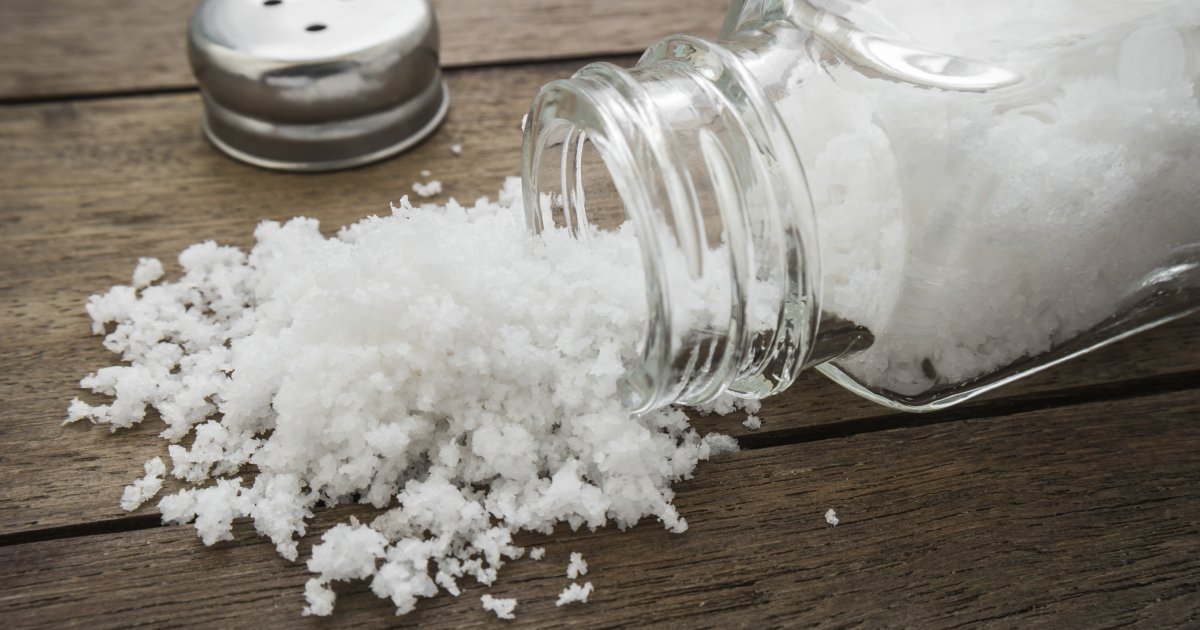Methods Of Treating Osteopenia
Reduce Smoking And Alcohol Consumption

The health problems caused by smoking and alcohol can affect the entire body. The smoke from a cigarette is absorbed into an individual's bloodstream and circulated throughout their body. It is highly addictive, and once someone starts, it can be difficult to quit. Even though smoking and drinking alcohol increase the risk of developing osteopenia, they are also strongly linked to lung cancer and heart attacks, strokes, lung infections, and emphysema.
Smoking not only decreases bone density and it slows down bone healing as well. If individuals smoke in their thirties, they are putting themselves at risk for developing losing bone mass and smaller skeleton. In an individual's forties and fifties, the toxins in cigarette smoke affect their bones more. Since the liver absorbs the chemicals in smoke, it affects the enzymes and estrogen necessary to maintain strong bone structure. A lifestyle with reduced smoking and alcohol consumption can increase bone formation.
Reduce Salt Intake

Salt is a mineral made of sodium chloride found in rock form and in the ocean. This mineral is needed to sustain life and an essential nutrient. It is an important electrolyte that helps with the osmosis of water in the body. It also aids in maintaining the water balance within organs. Although salt is needed to remain healthy, too much salt is bad for an individual's health. A diet with a high salt intake can cause cardiovascular diseases, high blood pressure, stroke, and kidney disease. Eating too much salt can also affect an individual's bones and lead to osteopenia.
If an individual has osteopenia, they should reduce their salt intake and include more calcium and vitamin D in their diet. To decrease the amount of salt eaten, individuals should read the nutrition facts label on food before they make the purchase. Instead of eating out all of the time, they should cook their meals, not add sodium, and limit instant products. A diet that includes fresh meats, fruits, and vegetables helps with lowering the amount of salt consumed too. Another way to reduce salt intake is to rinse canned tuna, beans, and vegetables before consuming.
